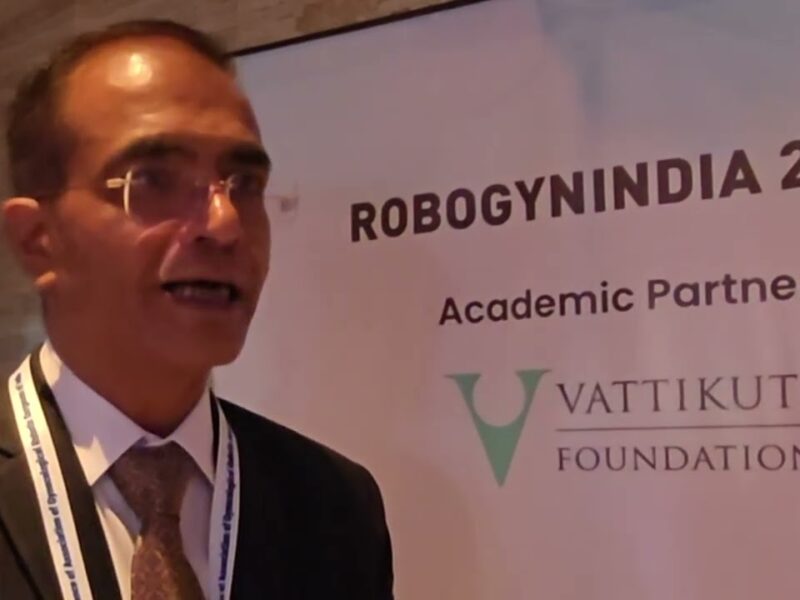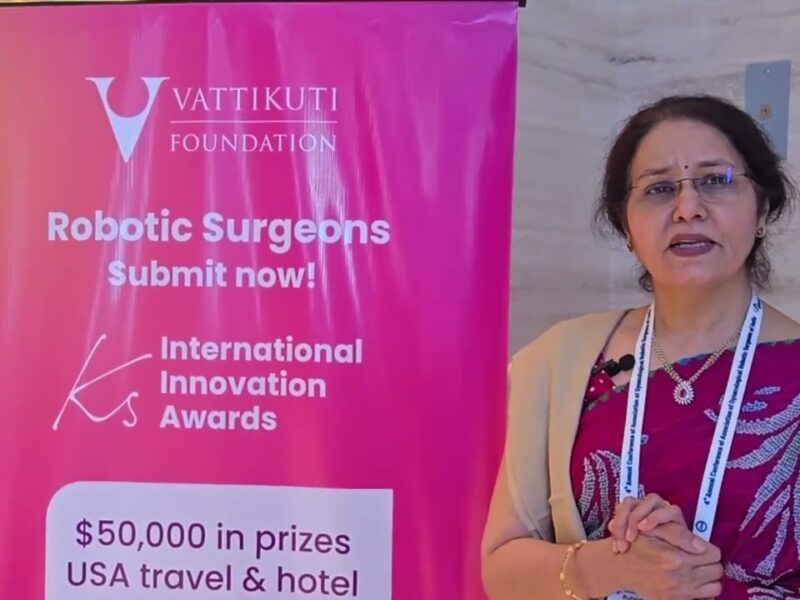Transoral Robotic Surgery: Lessons for Mastery of Dissection
American robotic surgeon Prof. J. Scott Magnuson, M. D. is known for his excellent lectures. The Chief Medical Officer, Florida Hospital Nicholson Center; Professor of Otolaryngology Head and Neck Surgery, UCF College of Medicine Medical Director Head and Neck Surgery shares his insights and technique for making Transoral Robotic Surgery (TORS) safer and more efficient. He was the guest International Faculty for the Robotic Surgeons Council of India.
“There are some lessons that I thought are very important specifically for TORS that may not apply to other specialties,” Dr. Magnuson states. “And the reason is because we are taking three arms, and we are putting them in one mouth.”
He shows the method he has developed for managing robotic arm collisions by limiting arm movement and using finger control at the robotic console. Side-by side video comparisons of what surgeons can do to avoid problems clearly demonstrate what Magnuson is talking about. While his technique is invaluable for head and neck surgery, it can often be translated into better, safer procedures for other specialties.
This is a most complete presentation, covering: exposure, docking, robotic instrument movement, tissue handling, vessel mangement, margin management, and- as Dr. Magnuson calls it- “Putting it all together.” He includes patient selection, robotic arm placement, and much more. Even when the tumor dissection is nearly finished, the surgeon shows the audience of over 200 robotic surgeons- the importance of how to remove the cancerous tissue from the patient properly, to make it possible to determine margins from the specimen.
Lecture, with PowerPoints, OR photos and da Vinci robotic console external video, plus internal robotic surgery video. 42:29
Date
August 15, 2020






